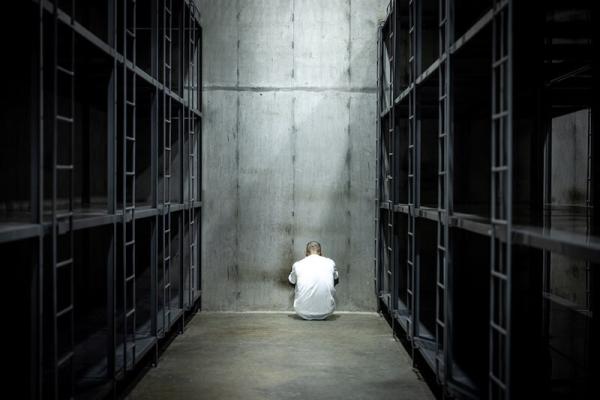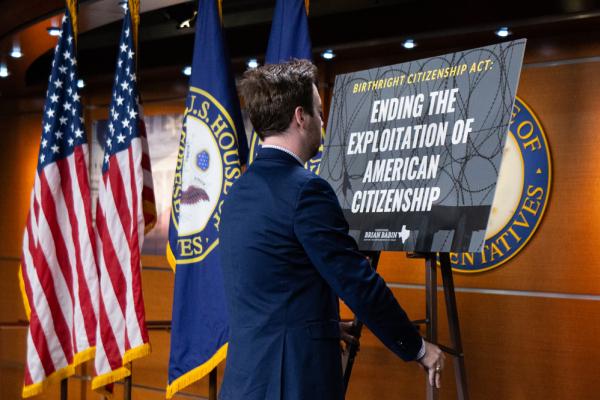As a church planter, the church I’ve started would not exist within traditional denominational or para-church models. Cypher Church is a multiracial church that meets those who are “spiritual but not religious,” particularly in the arts and hip-hop community. “Faith in a fresh vibe” is our motto, and alerting people to Jesus is our simple hope.
The gatherings for Cypher Church take many forms and lack any resemblance to traditional worship services. We reimagine the hip-hop “cypher” within a Gospel context, which includes movement (dance) and lyricists (rappers). Our worship compels everyone to participate and offer their unique expressions, no matter how small, as an offering to God. Our church also remains one of the few non-denominational churches in my city with minority leadership in all areas.
As a multiracial Christian, growing up in white evangelicalism challenged my sense of belonging. Fitting in was dependent on how well I could match the church culture. Minorities understand that being accepted by the dominant culture means living out a characterization of ourselves rather than our whole selves. We must think and act with sameness to the dominant church in order to belong.
Where are the safe and brave church spaces for Christians of color?
Many remain in the racialized church they’ve always known. Others have sought the appeal of a multiethnic church community. Both can have their own problems. Although the racialized church offers space for indigenous groups to live out their identity in full, people within such spaces can also struggle to connect beyond. As for multiethnic churches, the center of thought and practice often remains dominated by white theologians, white leaders, and white denominations. Minorities searching for belonging must still rely on the arduous task of working for change within an institution centered on whiteness.
Although some churches talk about the work of decentering whiteness and decolonization, there’s little proof that change can or will occur. Given the options, the question is less about where the safe spaces are, but who will create new brave spaces for belonging. The alternative is to produce new expressions outside of institutional approval.
If I had to convince denominational representatives that hip-hop wasn’t inherently “evil,” Cypher Church wouldn’t exist. If I had to spend my time changing institutional paradigms to get permission to try something new, this church wouldn’t exist. My experience is small proof that reimagining faith expressions can emerge without institutional validation. Giftedness is not something confirmed by the gatekeepers of the dominant church, but rather something that is God-given, commissioned, and affirmed.
Calling minorities to operate outside of unhealthy church structures doesn’t mean we completely cast these other structures away. Rather, it’s a move to legitimize the potential in future artists, pastors, writers, and theologians to create other paths of ministry. Cultivating this reality in healthy ways begins with rooting ourselves in the source of our identity.
The core of the Christian faith begins with original goodness. Our identity is a reflection of the triune God. It’s here, in the uniqueness and mystery of the Trinity, that we observe the “divine dance” of unity found in diversity. God the Father, Son, and Holy Spirit are each their own unique persons yet simultaneously described as one. Oneness sits in stark contrast to institutional Christianity and its drive for sameness. The pursuit for churches to act, think, vote, believe, and look the same. This formation of community is distinctly not Triune. In contrast, the very nature of God celebrates uniqueness.
As the demographics of our countries change, the way our churches looks must also change. Without different kinds of leaders capable of attempting new expressions of church, Christianity will continue to lose relevance. As Christians of color begin to realize that the majority church may never be a safe space, the next generation of thinkers and practitioners will pave a different path. This way will skip institutional permission to create new communities that chase unity in diversity. This is the new brave space for historically marginalized groups to belong. It also places the next wave of minority leaders at the forefront of church thought and practice as we work to repair and restore our neighborhoods, cities, and country.
Got something to say about what you're reading? We value your feedback!







